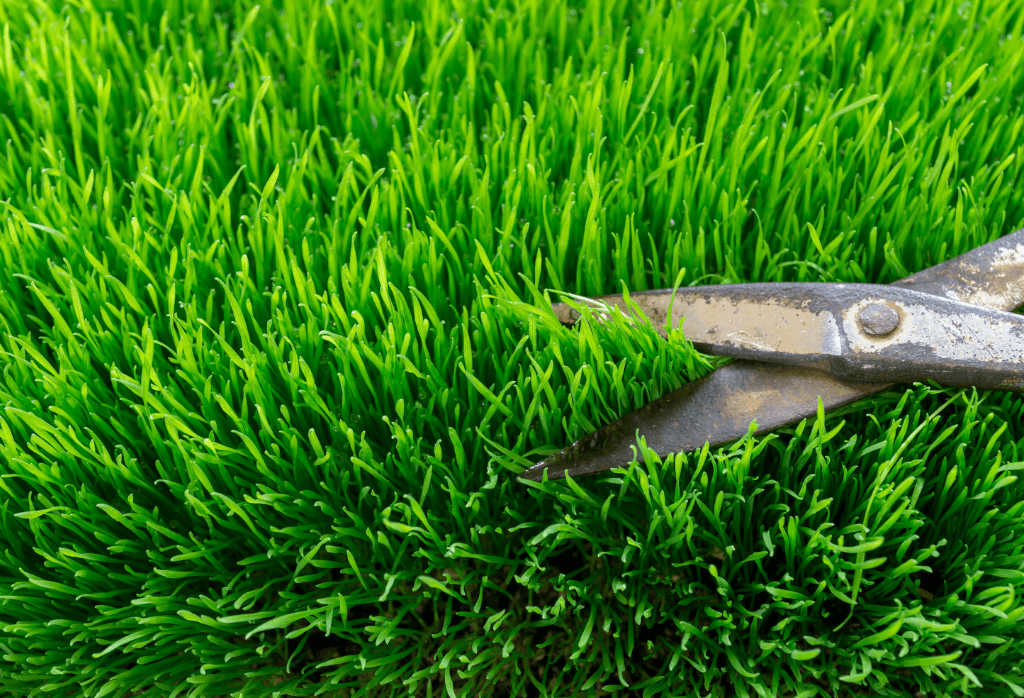Grass Cycling: How To Recycle Grass Clippings
In America, lawns are a big deal! It is estimated that the number of maintained home lawns are over 58 million. And, on the 58 million lawns, we spend over 30 billion dollars each year! Considering the huge number of lawns, individually, they average over 1/3 acre each and consume $517 in lawn products and services. In addition, lawns consume roughly 270 billion gallons of water weekly, throughout the growing season.
Lawns greatly benefit homes and the environment. There’s really no reason not to have a nice lawn; property values increase, grass filters, cleans the air and slows soil run-off and erosion. Still, it only makes sense to maintain your home lawn in the most environmentally beneficial and advantageous way.

Benefits of Grass Cycling
Grass-cycling, popular since the 1980’s, has been shown to have major benefits.
-
No Bagging Required
Grass-cycling, or, leaving short clippings on the lawn, rather than picking them up, bagging and sending them to the landfill, is smart. First, leaving short clippings on the lawn, you save lots of time and labor vs. bagging them, or worse, going back after mowing to pick them up. -
Improved Lawn Health & Appearance
Grass clippings, which will decompose rapidly if they are short, can provide important supplemental nutrients to the turf. Grass blades contain approximately 4% nitrogen, the major turf grass nutrient, 2% potassium, an important grass nutrient which help plants build strong cell walls, and .5% phosphorus, important for root growth and thickening. -
Reduces Water Evaporation
Short grass clippings also provide a protective layer of decomposing blades which, temporarily, act to reduce water evaporation. -
Useful for Composting
Short grass clippings also provide a protective layer of decomposing blades which, temporarily, act to reduce water evaporation.Many homeowners have found that clippings can be used for summer composting. When mixed at a ratio of 2 parts grass clippings to 1 part brown material, like leaves, you create an excellent composting material. If you decide to use clippings in your compost pile, let the clippings dry for several days before adding them to the pile. Then, to improve air circulation and further reduce the smell of ammonia, using a pitch fork, turn the pile every few days.
Note:
Importantly, grass cycling requires regular mowing. Take off no more than 1/3 of the blade per mowing. When the lawn is mowed less often, blades will be too long for quick, efficient decomposition and will pile up, helping create a layer of dead but undecomposed material called “thatch”, which can keep air, water and fertilizer from reaching grass roots.
Done properly, grass-cycling is a beneficial, recommended lawn care practice.
Join Our Free Lawn Care Newsletter
Stay Up to Date With The Latest News & Updates
* We don’t share your info with anyone ever.



